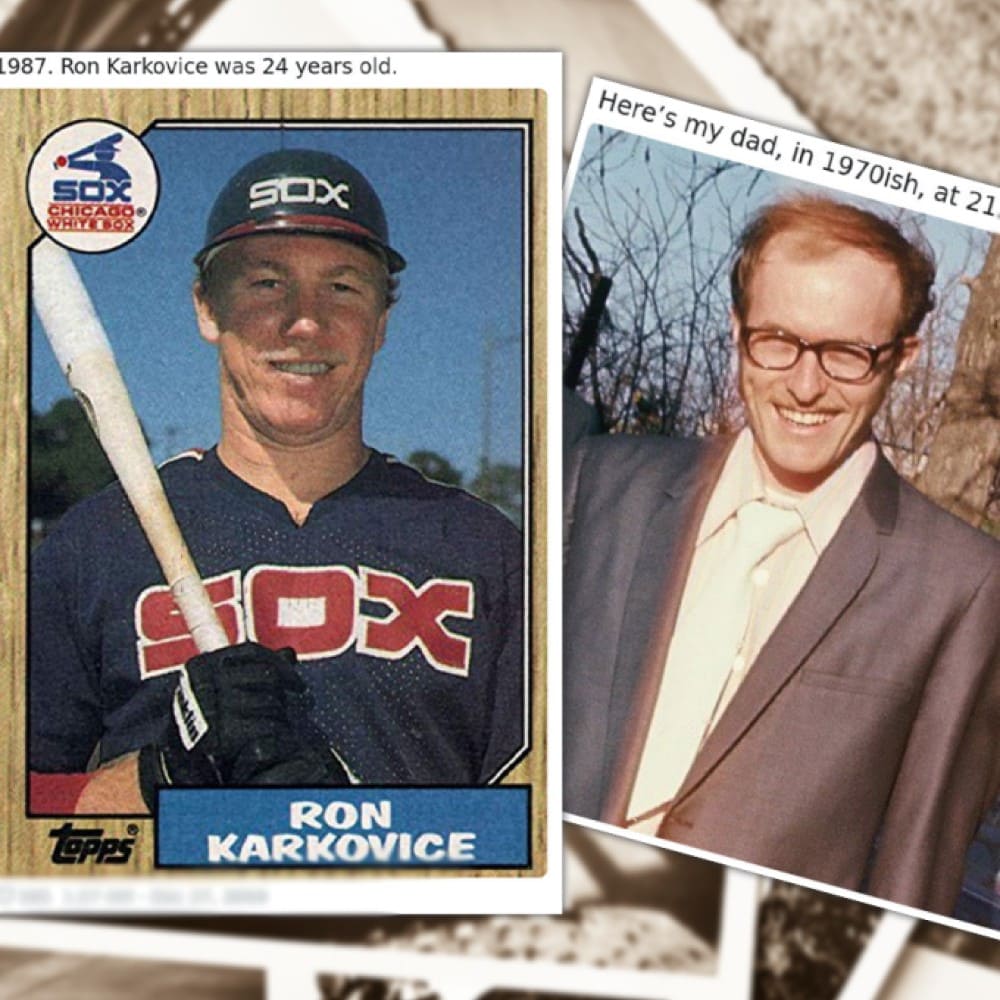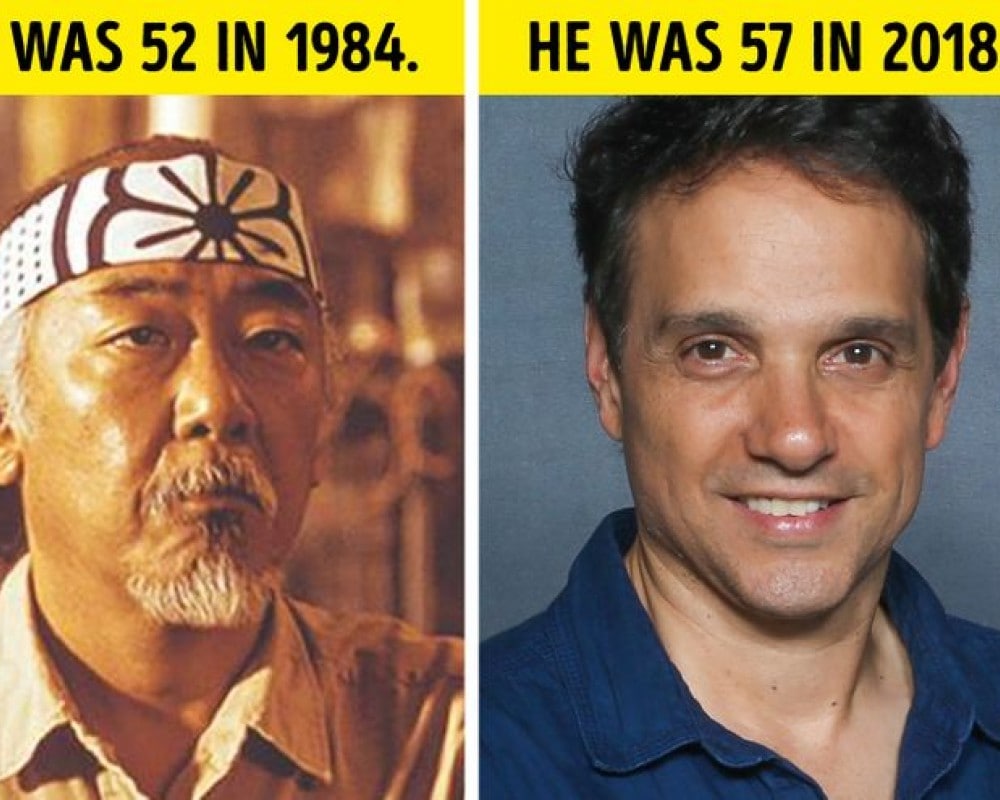
The striking contrast between old photographs and modern times often leaves us wondering why people from past generations appear older than their actual age. While some of it may be attributed to past fashion trends, common perceptions, and individual variations in aging, recent studies hint at deeper factors. Recent researches reveal that significant changes in lifestyle and healthcare advancements have also played a vital role in altering how we age.
Lifestyle and Healthcare Transformations
As opposed to looking older, humankind has witnessed dramatic improvements in living standards, healthcare, and lifestyle choices in the last few decades, significantly impacting the aging process. A 2018 study investigating biological aging markers found that more recent generations seem biologically “younger” than their predecessors. Researchers highlighted lifestyle factors like awareness against smoking, medication use, and better early-life conditions as reasons for the positive changes. Moreover, early adult mortality rates saw a considerable decline, particularly among males, narrowing the gender mortality gap.
Fashion and Selection Biases
Apart from lifestyle factors, our perception of aging is also shaped by fashion and selection biases. As experts explain, old fashion trends retroactively become associated with looking “older,” even when examining photos of objectively young people donning those styles. The association of specific fashion with aging adds to the perception of past generations appearing older than their years. Also, selection bias, where certain images of individuals who look older become more prevalent in historical records, further reinforces this perception.
Unlocking the Enigma

The mystery behind why people from the past often seem older in photos lies at the intersection of various factors. While lifestyle improvements and healthcare advancements contribute to the age-defying transformation of recent generations, biases in fashion perception and selection bias also play a crucial role. As we uncover the complex interplay of these elements, the past’s visage begins to unravel, revealing a deeper understanding of how our perception of aging continues to evolve.